Dag Hammarskjöld
Speed read
Dag Hammarskjöld was awarded the Nobel Peace Prize for turning the United Nations into an efficient and independent international organisation.
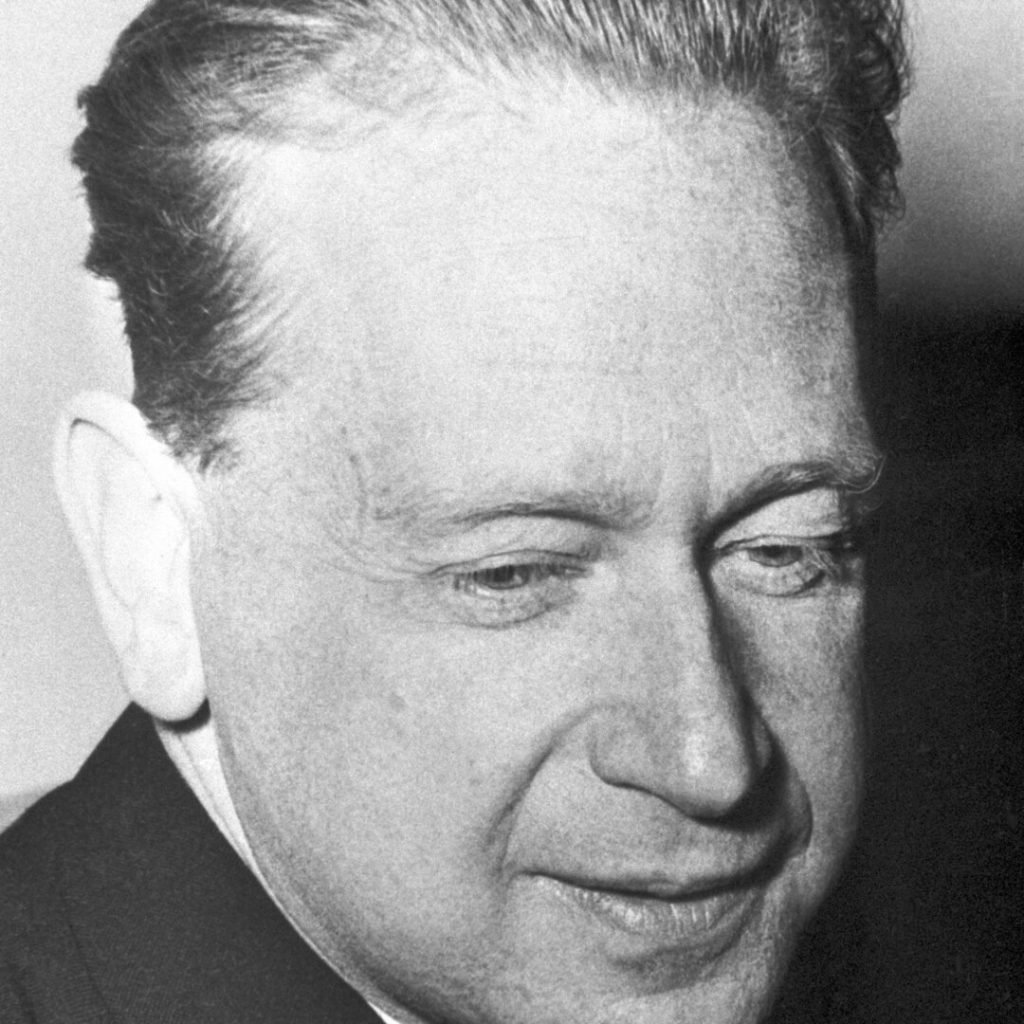
Full name: Dag Hjalmar Agne Carl Hammarskjöld
Born: 29 July 1905, Jönköping, Sweden
Died: 18 September 1961, Ndola, Northern Rhodesia (now Zambia)
Date awarded: 23 October 1961
Diplomat and peace mediator
Dag Hammarskjöld, the UN’s second secretary-general, is the only Nobel Peace Prize laureate to have received the award posthumously. Hammarskjöld built up an effective, autonomous UN secretariat, adopting an independent stance in relation to the major powers. He is given much of the credit for the successful deployment of the UN military force in the Middle East after the Suez Crisis in 1956. He also ensured that the UN deployed a force with a mandate for armed intervention to the civil war in the Congo in the early 1960s. Hammarskjöld was killed in a plane crash in North Rhodesia in September 1961. It is still not known whether the plane was shot down or malfunctioned due to technical or pilot error.
| Suez Crisis International crisis arising after Great Britain, France and Israel attacked Egypt in autumn 1956. The aggressors were forced to withdraw due to pressure from the USA and Soviet Union. It marked the first time that the UN deployed peacekeeping forces. |
”It was he who launched the organization on its active career as the keeper of world peace, a task made infinitely difficult by the Cold War and by the fact that the UN was almost completely untested in operational crisis management and peace-keeping.”
Brian Urquhart, Hammarskjold, 1994.
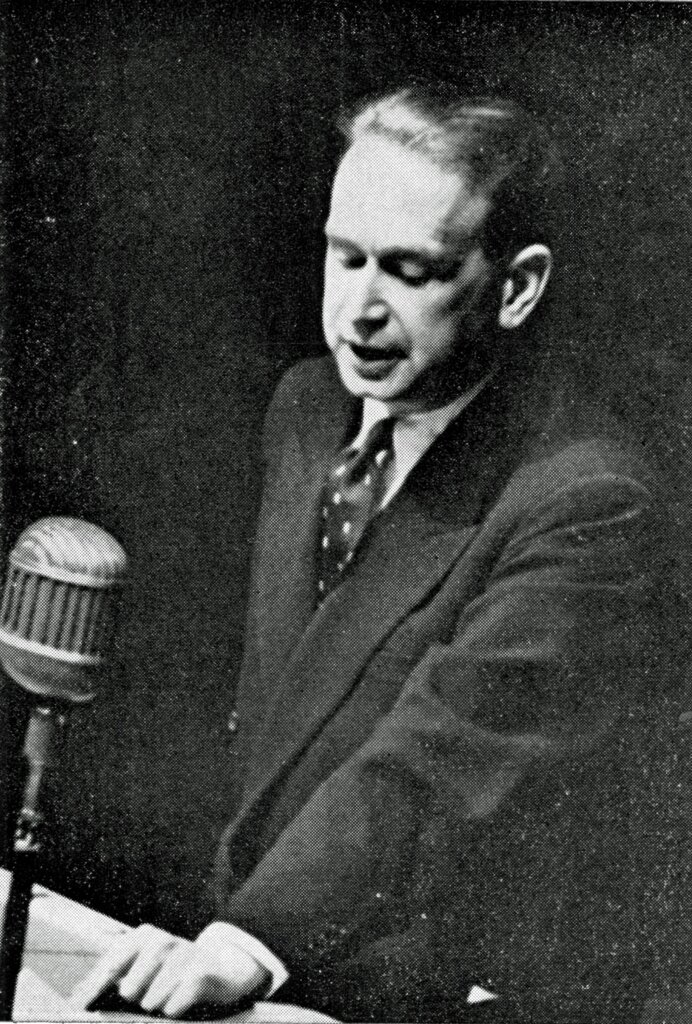
”... it was the United Nations alone that worked to realize the establishment of the Republic of the Congo as an independent nation, and the man who above all others deserves the credit for this is Dag Hammarskjöld.”
Gunnar Jahn, Presentation speech, 10 December 1961.
Hammarskjöld’s confrontation with the Soviet Union
Hammarskjöld’s call for the UN to intervene with armed force in the civil war in the Congo put him at odds with Soviet Premier Nikita Khrushchev. The Soviet leader demanded that the secretary-general resign, accusing him of being an “imperialist agent.” Hammarskjöld dismissed the criticism: “It is not the Soviet Union or, indeed, any other big powers who need the United Nations for their protection; it is all the others … I shall remain in my post during the term of my office as a servant of the Organization in the interests of all those other nations, as long as they wish me to do so.”
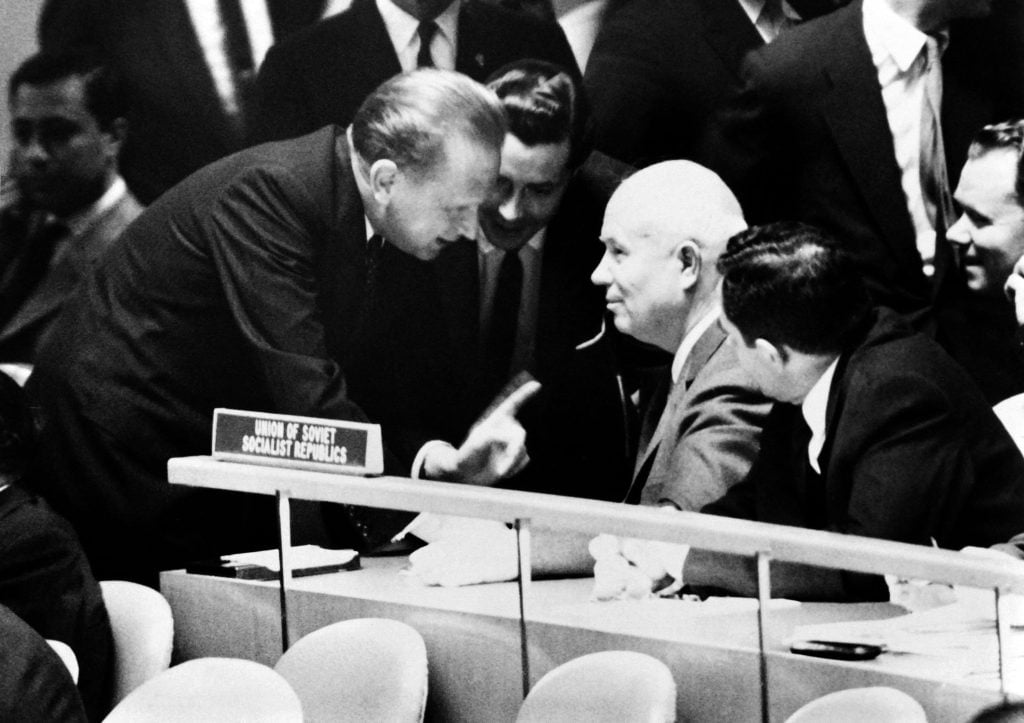
”A weak or nonexistent executive would mean that the United Nations would no longer be able to serve as an effective instrument for active protection of the interests of those many members who need such protection. The man holding the responsibility as chief executive should leave if he weakens the executive ...”
Dag Hammarskjöld, Speech in the UN General Assembly, 3 October 1960.
Was Hammmarskjöld murdered?
In 2000, the book Drømmenes palass (‘Palace of Dreams’) by Bodil Katarina Nævdal (Norway) was released. The author presents material suggesting that mercenary soldiers from the apartheid regime in South Africa murdered Hammarskjöld in the plane wreckage. Nævdal also claims that the autopsy report may have been falsified. A UN report on Hammarskjöld’s death concluded that the secretary-general was killed in an accident. Nævdal’s book drew critical attention to the report. It is still unclear what actually occurred in the jungle outside Ndola just before midnight on 17 September 1961.
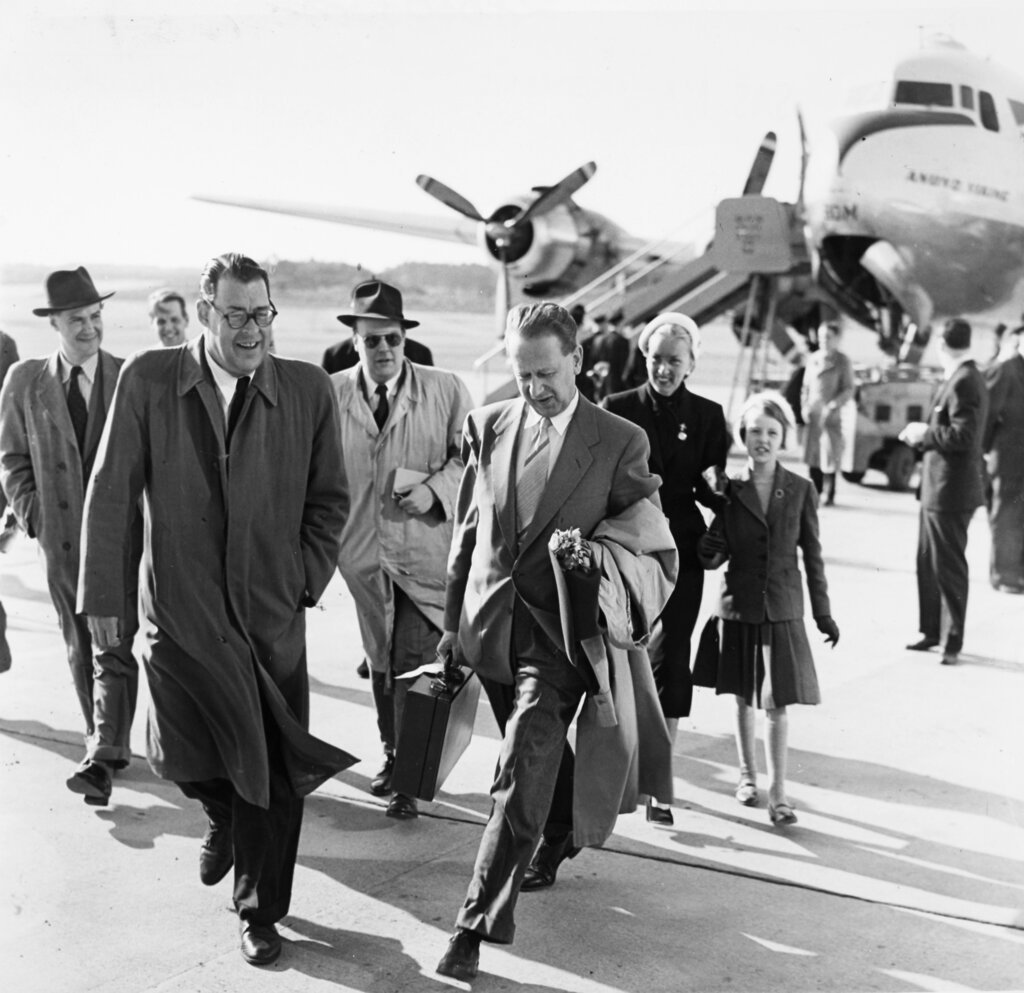
Was the secretary-general’s plane shot down?
In 2011, British newspaper The Guardian published new research on Dag Hammarskjöld’s death. Based on interviews with eye witnesses, Swedish Göran Björkdahl claimed that the UN plane was shot down by an unidentified fighter jet. In 1992 the same newspaper printed a letter from two of the secretary-general’s advisors with a theory that European mercenaries working for the Congolese breakaway province Katanga were responsible. Both Björkdahl and the advisors agreed that British colonial authorities tried to obscure the circumstances around the event.
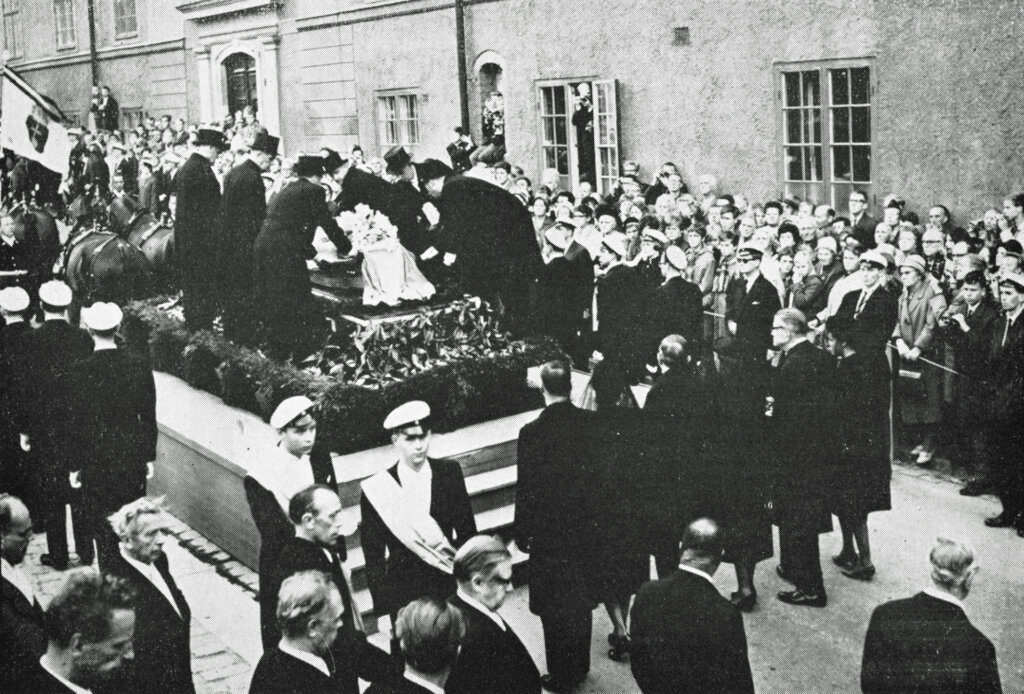
Learn more
Dag Hjalmar Agne Carl Hammarskjöld was the youngest of four sons of Agnes (Almquist) Hammarskjöld and Hjalmar Hammarskjöld, prime minister of Sweden, member of the Hague Tribunal, governor of Uppland, chairman of the Board of the Nobel Foundation ...
Disclaimer: Every effort has been made by the publisher to credit organisations and individuals with regard to the supply of photographs. Please notify the publishers regarding corrections.
Nobel Prizes and laureates
Six prizes were awarded for achievements that have conferred the greatest benefit to humankind. The 14 laureates' work and discoveries range from quantum tunnelling to promoting democratic rights.
See them all presented here.
